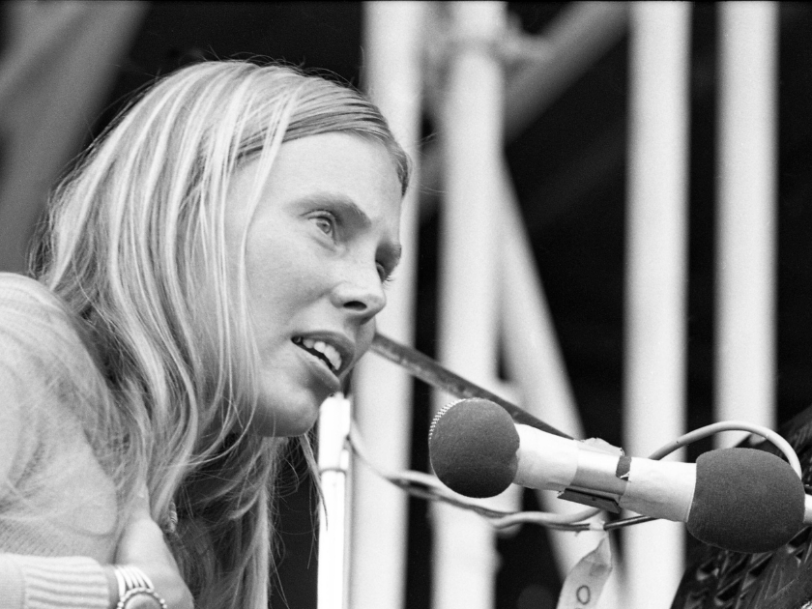“The creative process is a mystery. Inspiration is a mystery,” Joni Mitchell said in 1973, while the rehearsals for what was to be the following year’s Court And Spark album were underway. “I think that as long as you still have questions, the child questions, the muse has got to be there. You throw a question up to the muse and maybe they drop something back on you.”
At that point Mitchell did not know just how successful Court And Spark would prove to be. It would become her biggest selling album up to that point, and the mother of three US hit singles. But in achieving this mainstream breakthrough, Mitchell broke with her own musical history. Both her folk beginnings and the confessional tone she adopted on Blue are only there in snatches. Even the cynical songwriting of Court And Spark’s immediate predecessor, For The Roses, is now leavened by humour and humanity.
Court And Spark foretells the eclecticism of Mitchell’s later 70s albums, such as Hejira and Mingus, but here Mitchell tempers her wilder instincts into songs that successfully ride the mid-70s AOR boom. It’s no surprise that it remains one of Mitchell’s most well-loved albums, as this track-by-track guide to every song on the record demonstrates.
‘Court And Spark’ Track-By-Track: A Guide To Every Song On The Album
Court And Spark
This intimate, piano-led beginning to Court And Spark almost harks back to a world Mitchell was about to leave behind for good: the prairie lily on the cover of her second album, Clouds; the ladies of the canyon, the circle games. Throughout the song Court And Spark, as it builds with the gradual inclusion of more and more musicians, the signs are clear that Mitchell is changing direction with her music.
Working with engineer Henry Levy, Mitchell and her band of extremely experienced jazz-oriented Los Angeles musicians created intricate textures that are nimble when needed, and dense when the lyrics demand it. “It took me six years to find a band that inflamed me to the degree that I wanted to work with them on a project,” Mitchell has said of her musicians on Court And Spark, many of whom played together under the name LA Express.
The final line of the song, “I couldn’t let go of LA, city of the fallen angels,” sets out a theme of the rest of Court And Spark: Mitchell’s relationship with the city, and its celebrity culture, dominates the record. And on the album’s title track, Mitchell gives us an insight into how, sometimes, she dearly wished it didn’t.




